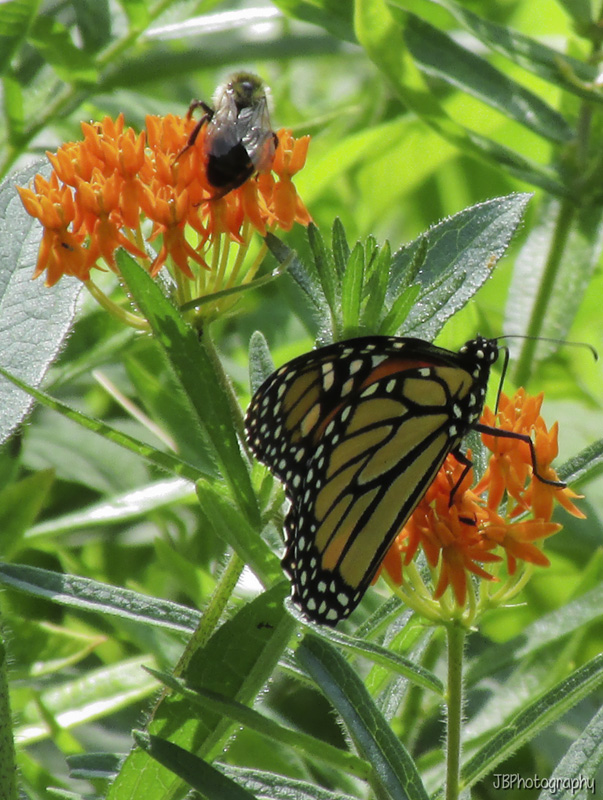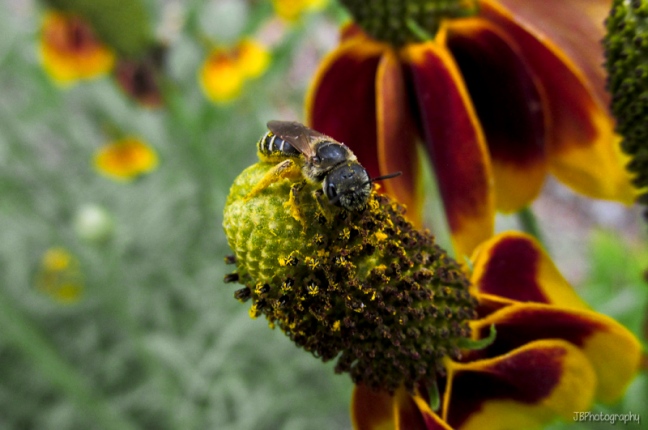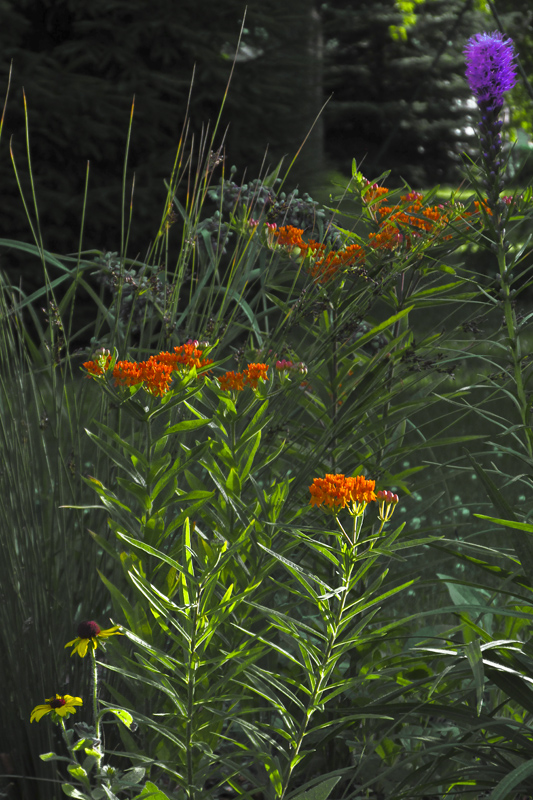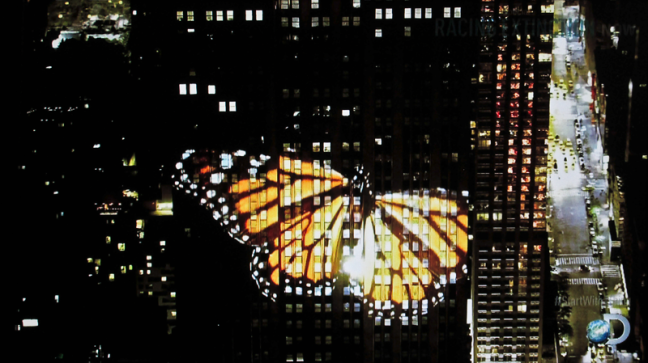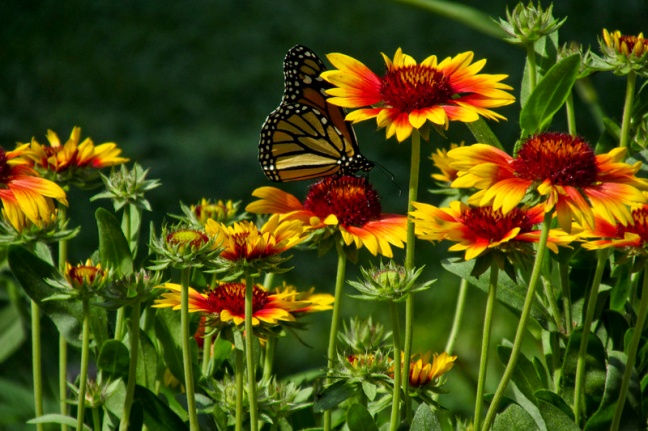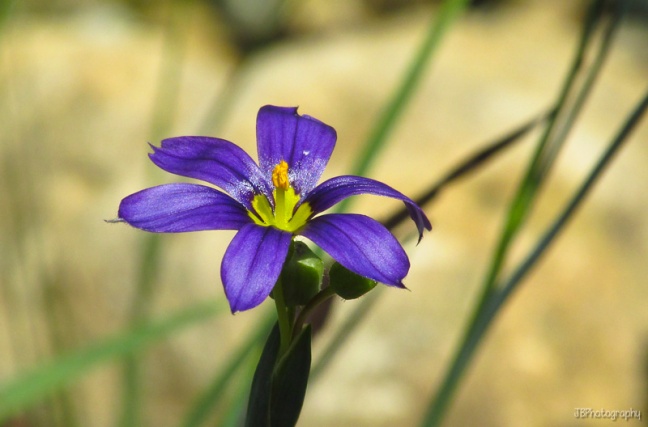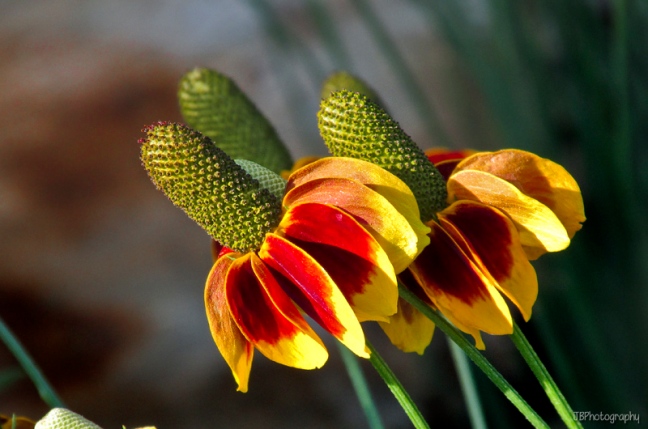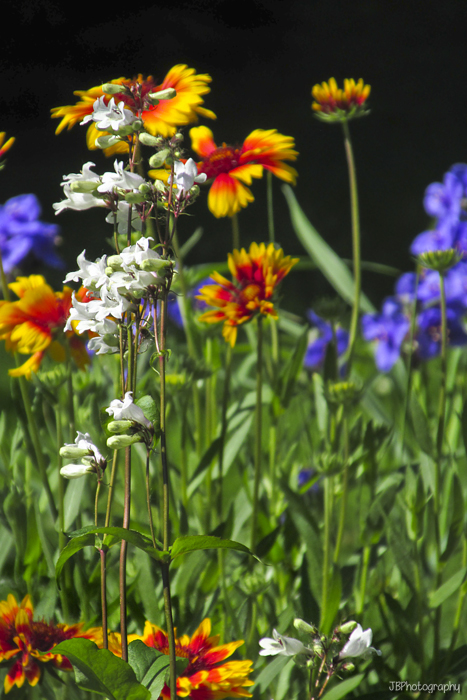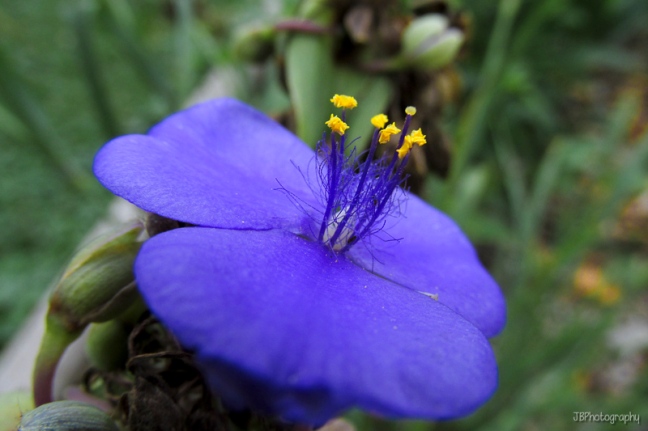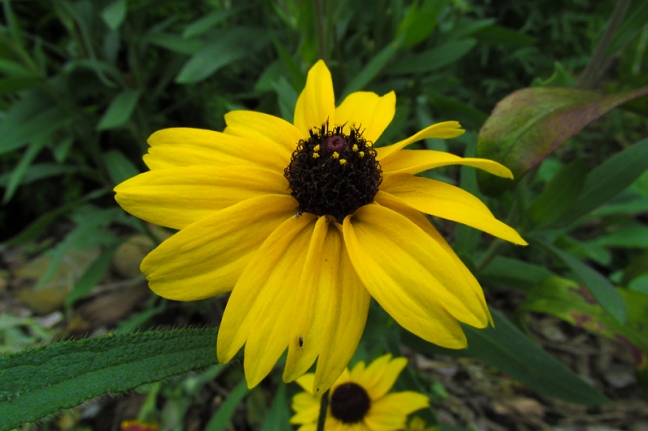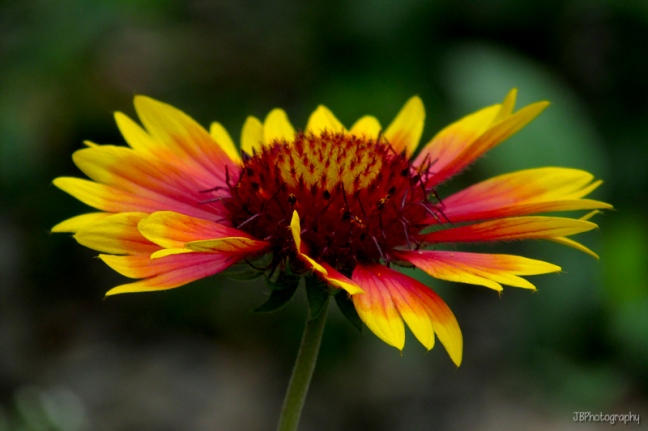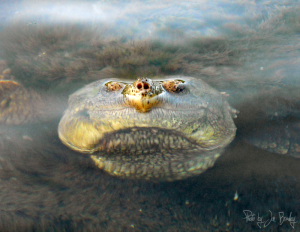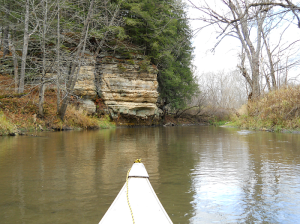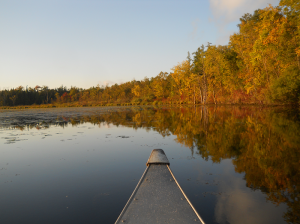About two years ago I learned something that completely changed the way I saw gardening. Gardening doesn’t need to be the typical showcase of “garden center” plants. Gardening is important. More important than I ever realized. Gardening can restore habitat. Your garden can have real meaning. It’s something everyone should know, no matter where you live, so I thought I’d share it with you.
It’s simple, and it’s highly important. Give up those typical garden center plants. It’s time to plant species that are native to your area. If your yard is shady, you may want to add woodland plants. If you’re in full sun, consider prairie plants. Maybe your yard can support both. Just plant native plants.

For me, it started when I was standing at the northern edge of the Scuppernong Prairie. Whenever I’m at the Scuppernong Prairie, or any prairie, I could spend hours there. Looking at the plants, watching the insects and animals. Why couldn’t I have a yard that looked like a prairie? Maybe I could. Sure, a garden is not a prairie. Although, why can’t it be? Why can’t I have the same plants I see in the prairie in my own yard?
Maybe someday I’ll live somewhere where I can turn my entire yard into a prairie, but for now, I started with an 8′ by 8′ section (later expanded to three times that size). I was given a few native plants, collected some seedheads that a neighbor threw in a burning pit, and I also bought a few seed packets.

There are countless species native to my state – Wisconsin, and I needed to decide what I wanted to add. I decided that the plants I was going to add needed to be both colorful and beneficial to native wildlife. I decided on a few basics. Milkweed is a necessity for Monarch Butterflies, so it’s a necessity in my garden. I decided on Orange Milkweed and Swamp Milkweed, to be exact. Common Milkweed would also be plant in another area. Black-eyed Susans, Gray-headed Coneflowers, and Purple Coneflowers are the most well known prairie plants. They also needed to be added.


They would be what holds my garden together. In between those species is where I would add a little variety. I began researching. I wanted to learn about other prairie plants. What else was out there? I wanted interesting flowers. I wanted colors I don’t normally see in prairies, even though I know they’re out there.

The very first plant I added was interesting, it was brightly colored and very unique. One problem, though. Gaillardia is a US native, however it’s not native to my state. I needed to decide what “native” meant to me. Does every plant need to be native to my state, or even my right down to my county? I decided that the answer was no. While I would do my best to add only species that were native to my area, there would always be a few that I’ll accept into my native garden regardless of where they come from. The trade-off would be that they still have to be beneficial to native insects. Gaillardia certainly is. I see at least 6 species of bee on it daily, along with caterpillars, soldiers beetles, butterflies and more. It’s probably the single most active plant I have.

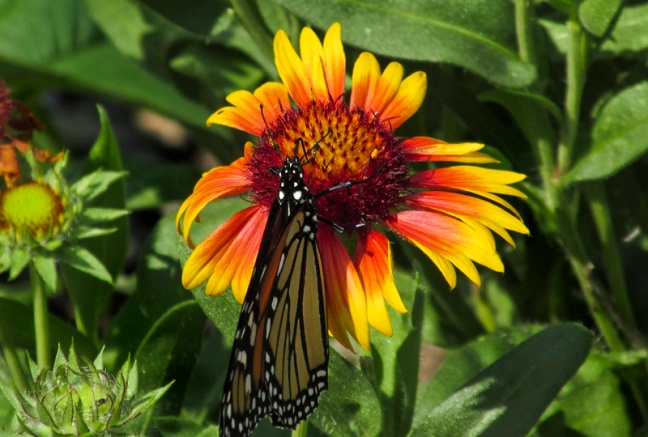
In total, I’ve decided on two non-native species. The second being Long-headed Coneflower. This is probably the closest to native. It’s native to the US, including nearby states. It also grows in the wild here in Wisconsin, and benefits the same insects as the native and closely related Gray-headed Coneflowers.

I’ve also considered adding Globe Thistle, which is not a US native at all, though I haven’t decided on it. So, the non-natives are out of the way. How about the natives? My grandma was nice enough to let me take some of her three native species. She needed her plants divided, and I needed native species. The first was Liatris. This is another flower that Bumblebees particularly love.

The second is Penstemon. An interesting white flower that blends well with brightly-color species.

The third is Spiderwort. This flower is in between purple and blue, but I usually refer to it as blue.

There aren’t many blue flowers out there, and I wondered if Spiderwort was going to be my only blue flower. Research paid off, and I found a plant called Blue-eyed Grass. Native to my area and sold at a local garden center for less than any other plant they sell. I couldn’t pass it up, and it’s quickly become one of my favorites. This is a small plant. The flowers are an inch at largest, and the plant is about 8″ tall. It’s best for the outside edge of the garden, and that’s how I’m using it.

Another favorite is Orange Milkweed. This plant is as orange as orange can get. It practically glows. It stands out more than any other plant. It’s also a plant that does well in all gardening styles, as long as it’s in a sunny spot. It’s a great plant to get if you want to try using native plants.

I currently have over 20 species of native plants, however most won’t flower until next year. The garden is very young and still has quite a few bare spots. I should also mention that I’ve double the size of the garden and also added four additional 3’x3′ native gardens under birdhouses. I can only imagine the color boom when they all bloom next year! Until then, enjoy these scenery shots of it over the past couple of months!








Add native plants to your yard. You wont regret it!
#PlantNativePlants


